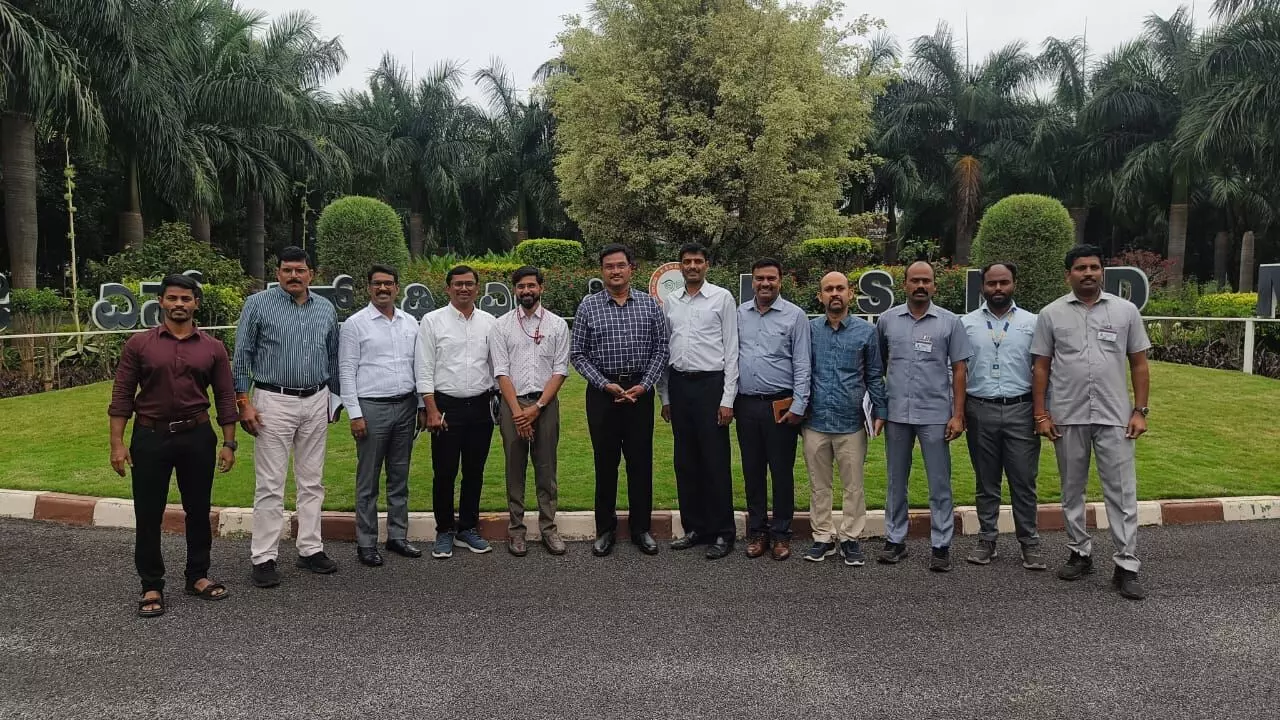HYDRAA to adopt Bengaluru conservation model to save Hyderabad lakes
HYDRAA to restore and also look at methods of separating water from silt, to stop sewage from entering the lakes
By Sistla Dakshina Murthy
HYDRAA officials to adopt Bengaluru conservation model for Hyderabad lakes
Hyderabad: A five-member delegation led by HYDRAA Commissioner AV Ranganath is touring Bengaluru to study the lake conservation model so that it can be replicated in Hyderabad.
The officials want to develop a resilient approach to the mitigation of floods and restoration of lakes akin to Bengaluru’s 164-acre Jakkur and 300-acre Yelahanka.
Apart from the restoration, the officials also studied the process of separating the water from the silt by putting culverts in the higher portion to stop sewage from entering the lake in addition to the beautification.
For the last couple of months, Ranganath had taken swift action against the land mafia and encroachers in Hyderabad. HYDRAA has razed unauthorized buildings on the FTL and the nails (drains).
In October, the HYDRAA invited Anand Malligavad, also known as India's 'lake man', to join its efforts to conserve lakes and ponds at a low cost on the lines of Bengaluru. Nearly three dozen Bengaluru lakes that were in decline have been revitalized by Malligavad.
The HYDRAA Commissioner visited the Karnataka State Natural Disaster Monitor Centre (KSNDMC) to inquire about plans for flood mitigation and the Bruhat Bengaluru Mahanagara Palike's (BBMP) lake restoration.
“It is inspiring that several lakes in Bengaluru have been revived. Efforts will be made to adopt Bengaluru's lake preservation management after the Greater Hyderabad Municipal Corporation (GHMC) has demolished and removed encroachment on its lakes, parks, and nalas,” Ranganath said.
HYDRAA Commissioner was also briefed about the Meghasandesam app for rain forecasts, flood alerts, and traffic advisories, along with sensor systems for monitoring flood channels. Disaster Monitoring Center officials described how they are using 20 years of data to predict flood-risk zones and estimate the number of centimeters of rain that could fall in order to assist those who live in those areas.
HYDRAA officials also studied the methods adopted by the BBMP officials over the process of filling the lakes with STPs and the protocols being used for lake rehabilitation. Later, the delegation met Vimos Technocrats representatives, who are working to restore the lakes, and discussed the specifics of their company's efforts to beautify and restore the lakes and their environs.
The team included Regional Fire Officers V Papayya, A Jayaprakash, AE Nagaraju, and Inspector Vijay Aditya.